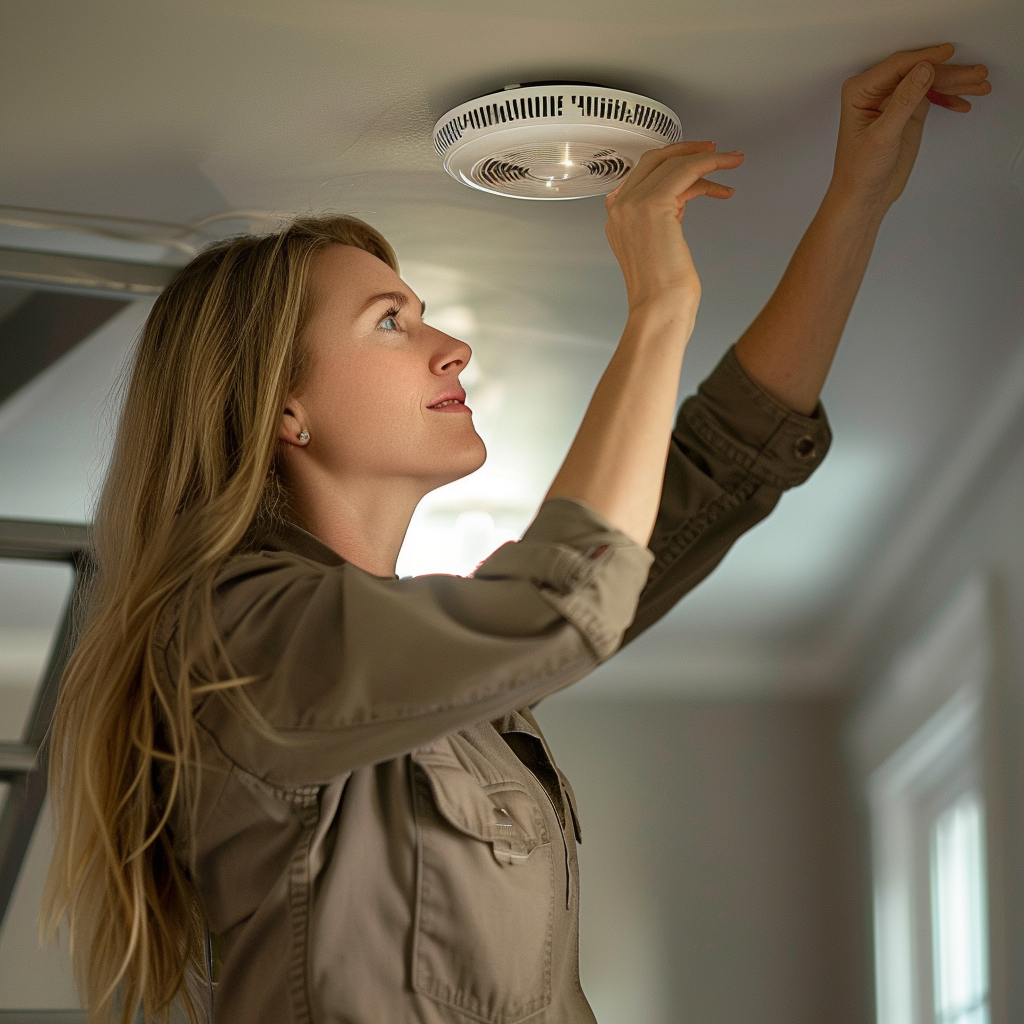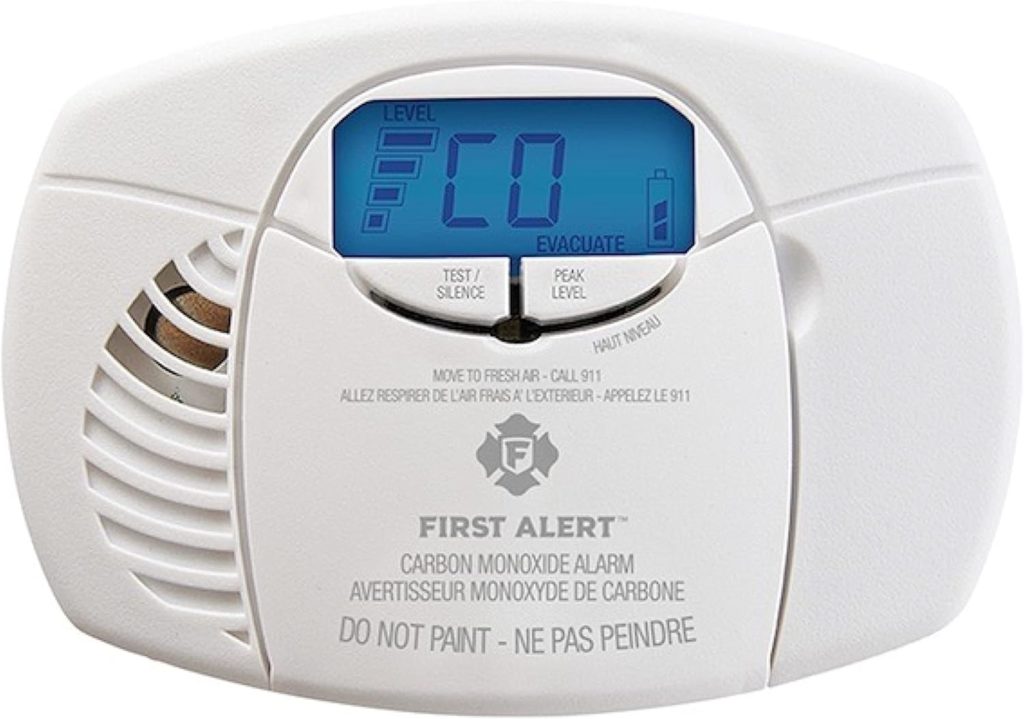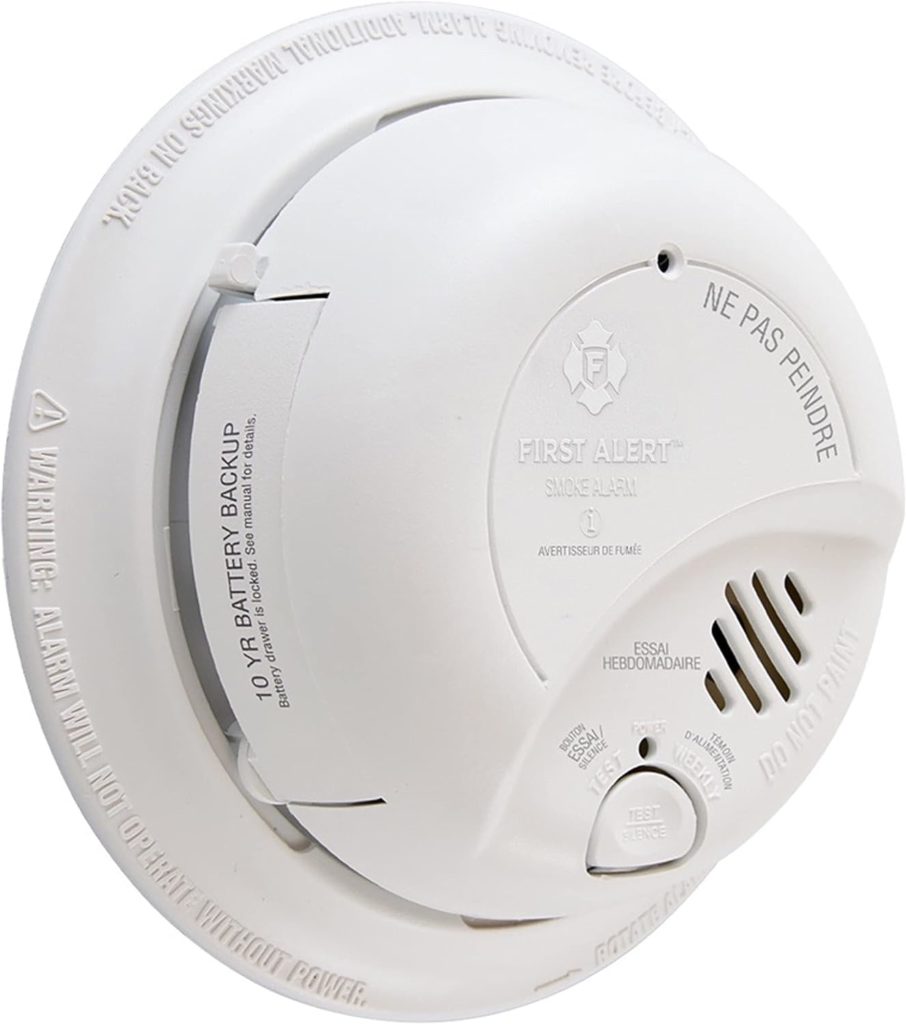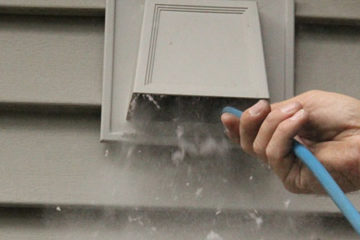As the cooler months approach, it’s time to start preparing your home to keep it safe and comfortable. One crucial task that should be at the top of your Ready For Fall Checklist is to check your smoke and carbon monoxide detectors. These devices are your first line of defence against potential dangers like fire and carbon monoxide poisoning. Ensuring they are in working order could save lives. Here’s why it’s important and how you can do it effectively.
Why You Should Check Your Smoke and Carbon Monoxide Detectors
Smoke and carbon monoxide detectors are vital for early warning in case of a fire or gas leak. Without functioning detectors, your family may be unaware of these dangers until it’s too late. Regular checks are essential because even a minor malfunction could mean the difference between life and death. Additionally, most detectors have a limited lifespan, and their sensors can become less effective over time. Therefore, taking the time to check your smoke and carbon monoxide detectors ensures they are always ready to alert you in an emergency.
How to Properly Check Your Smoke and Carbon Monoxide Detectors
To keep your detectors in good condition, you need to follow a few essential steps:
- Test the Detectors: Press the test button on each device. If the alarm sounds loud and clear, your detector is working properly. However, if the sound is weak or nonexistent, it’s time to replace the batteries or the unit itself.
- Replace Batteries: It’s recommended to change the batteries at least once a year, even if they still seem to be working. A good habit is to do this when you change your clocks for daylight saving time. If your detector starts to chirp, indicating a low battery, replace it immediately to ensure continuous protection.
- Clean the Detectors: Dust and debris can accumulate inside your detectors, blocking sensors and reducing their effectiveness. Use a soft brush or a vacuum cleaner attachment to gently remove any dust. Regular cleaning is an easy way to maintain their functionality.
- Check the Expiry Date: Most smoke detectors should be replaced every 10 years, while carbon monoxide detectors typically need replacement every 5-7 years. Check the manufacture date printed on the back of the device, and if it’s past its expiry date, replace it promptly.
Step-by-Step Guide to Check Your Detectors
- Press the Test Button: On each device, press and hold the test button until you hear a loud, piercing sound. This confirms the alarm is working.
- Replace Batteries: Open the battery compartment, remove the old batteries, and insert fresh ones. Make sure the batteries are installed correctly and the compartment is securely closed.
- Clean the Detectors: Use a soft brush or a vacuum cleaner with an attachment to gently clean around the sensor openings. This helps to keep the sensors clear of dust and working effectively.
- Check Expiry Dates and Replace as Needed: Inspect each detector for its manufacture date, which is typically found on the back. If it’s beyond the recommended lifespan, replace it with a new one to ensure maximum safety.
Additional Tips to Ensure Detector Safety in Your Ready For Fall Checklist
- Install Detectors in Key Areas: To maximize protection, install smoke and carbon monoxide detectors in every bedroom, outside each sleeping area, and on every level of your home, including the basement.
- Use Interconnected Detectors: If possible, opt for interconnected smoke and carbon monoxide detectors. When one alarm is triggered, all alarms in the house will sound, providing a faster warning throughout the home.
- Keep a Maintenance Log: Maintain a log of when you last tested, cleaned, or replaced batteries and detectors. This helps ensure you stay on schedule and don’t miss any important maintenance steps.
Common Mistakes to Avoid When You Check Your Smoke and Carbon Monoxide Detectors
- Not Replacing Detectors When They Are Expired: Detectors have a limited lifespan. Ignoring expiration dates can lead to reduced effectiveness or failure to detect smoke or carbon monoxide.
- Ignoring the Low Battery Signal: A chirping sound usually indicates a low battery. Don’t just remove the battery and forget about it; replace it immediately to keep your detectors functioning.
- Placing Detectors in Ineffective Locations: Avoid placing detectors in areas where they can be blocked by furniture or curtains, or in places with high humidity, such as bathrooms, which can cause false alarms or damage the sensors.
Check Your Smoke, Carbon Monoxide, and Radon Detectors for a Safer Home
Regularly taking the time to check your smoke and carbon monoxide detectors is vital for maintaining a safe home environment. As part of your Ready For Fall Checklist, ensure that all detectors are in top working condition. Additionally, consider installing a radon detector—radon is a colourless, odourless gas that can pose serious health risks, especially in homes with basements. By maintaining all three types of detectors—smoke, carbon monoxide, and radon—you protect your family from a wide range of potential hazards. Don’t delay; make these checks a priority this fall to keep your home secure and your loved ones safe.






